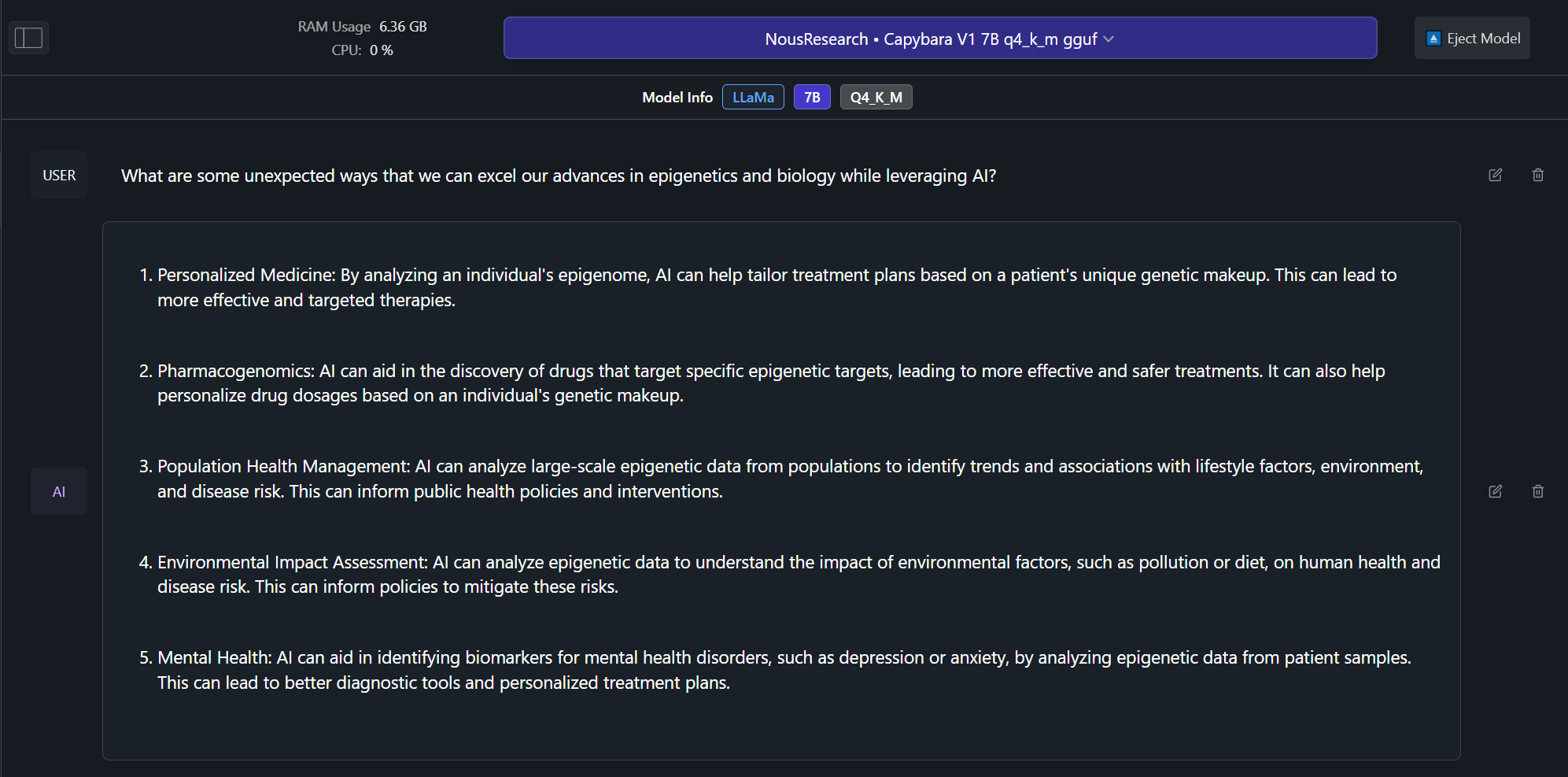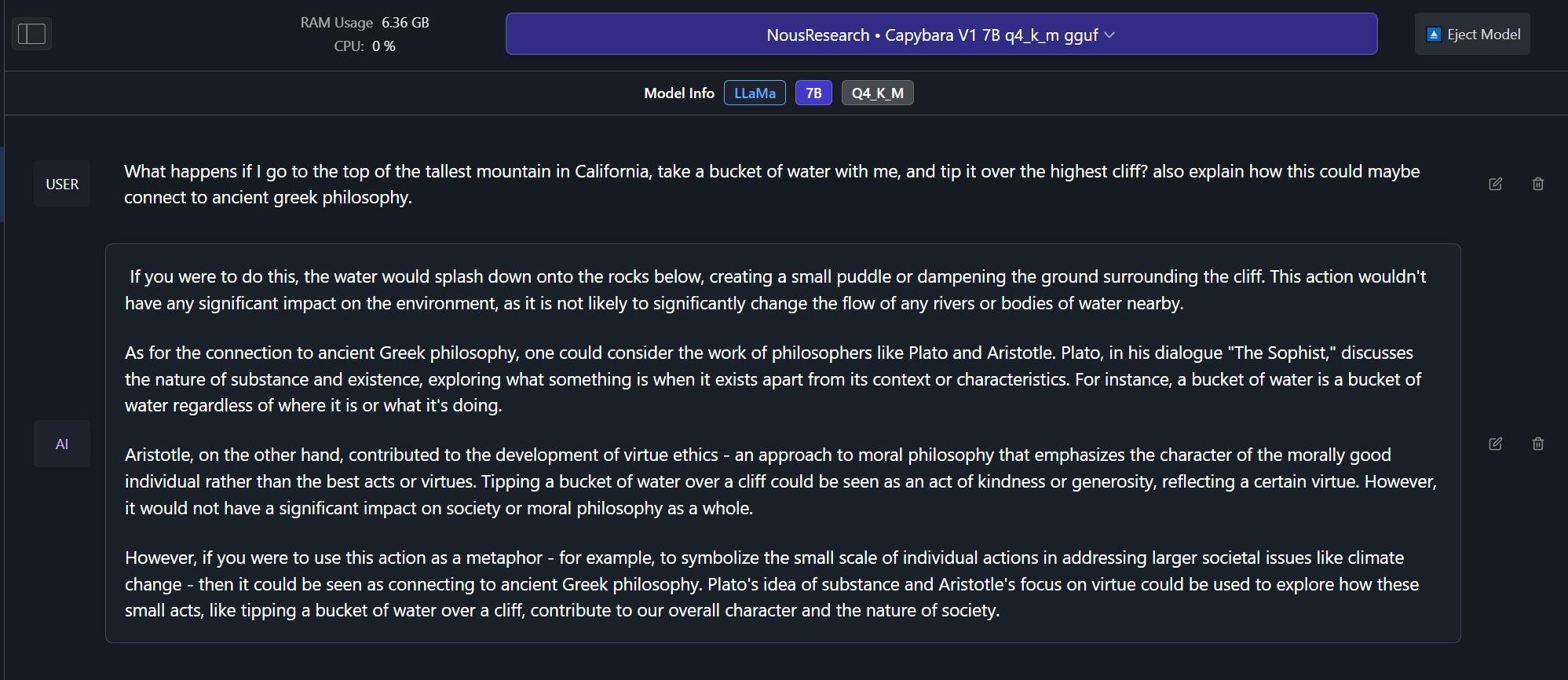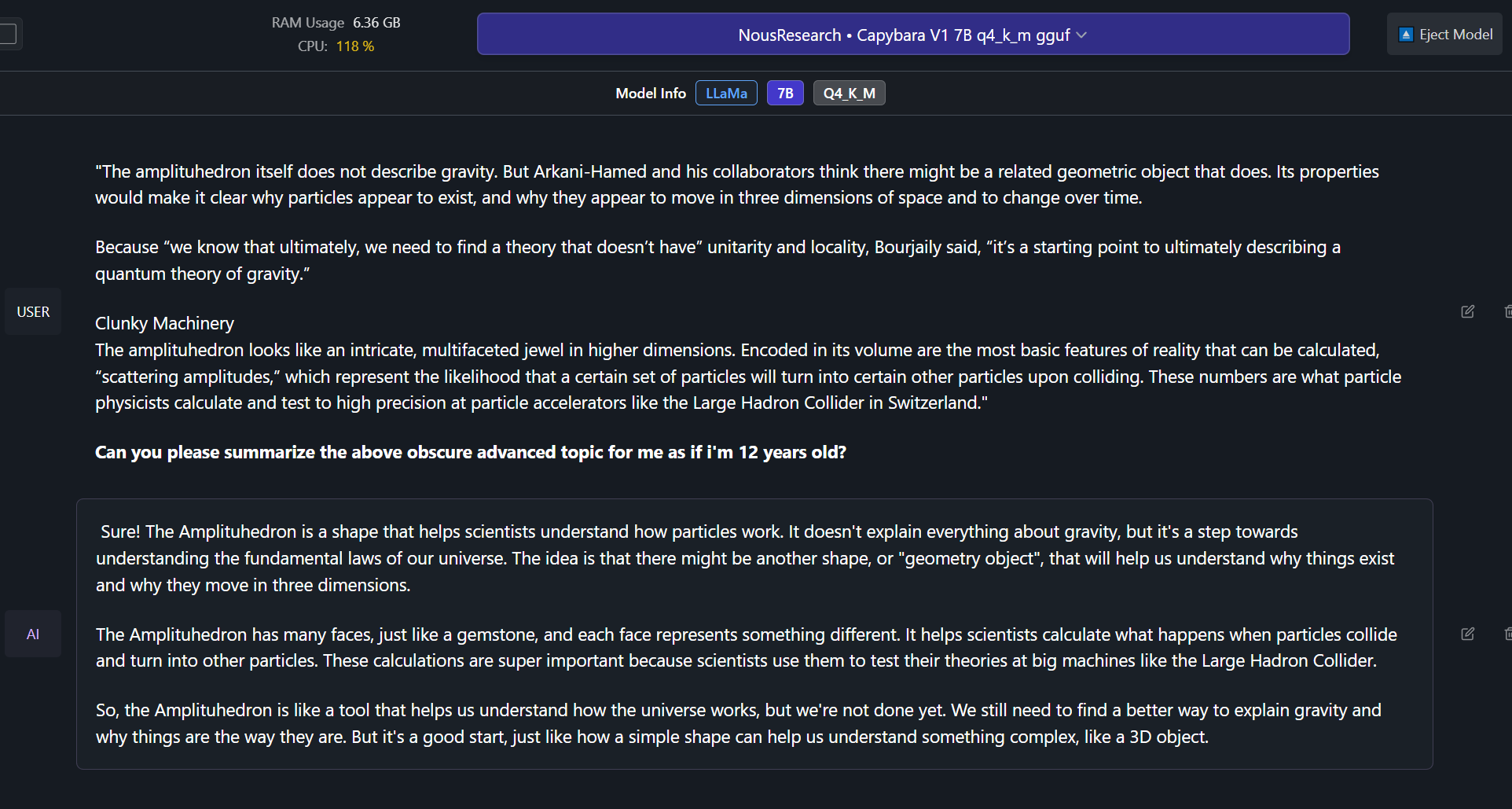File size: 17,930 Bytes
5c54b1c |
1 2 3 4 5 6 7 8 9 10 11 12 13 14 15 16 17 18 19 20 21 22 23 24 25 26 27 28 29 30 31 32 33 34 35 36 37 38 39 40 41 42 43 44 45 46 47 48 49 50 51 52 53 54 55 56 57 58 59 60 61 62 63 64 65 66 67 68 69 70 71 72 73 74 75 76 77 78 79 80 81 82 83 84 85 86 87 88 89 90 91 92 93 94 95 96 97 98 99 100 101 102 103 104 105 106 107 108 109 110 111 112 113 114 115 116 117 118 119 120 121 122 123 124 125 126 127 128 129 130 131 132 133 134 135 136 137 138 139 140 141 142 143 144 145 146 147 148 149 150 151 152 153 154 155 156 157 158 159 160 161 162 163 164 165 166 167 168 169 170 171 172 173 174 175 176 177 178 179 180 181 182 183 184 185 186 187 188 189 190 191 192 193 194 195 196 197 198 199 200 201 202 203 204 205 206 207 208 209 210 211 212 213 214 215 216 217 218 219 220 221 222 223 224 225 226 227 228 229 230 231 232 233 234 235 236 237 238 239 240 241 242 243 244 245 246 247 248 249 250 251 252 253 254 255 256 257 258 259 260 261 262 263 264 265 266 267 268 269 270 271 272 273 274 275 276 277 278 279 280 281 282 283 284 285 286 287 288 289 290 291 292 293 294 295 296 297 298 299 300 301 302 303 304 305 306 307 308 309 310 311 312 313 314 315 316 317 318 319 320 321 322 323 324 325 326 327 328 329 330 331 332 333 334 335 336 337 338 339 340 341 342 343 344 345 346 347 348 349 350 351 352 353 354 355 356 357 358 359 360 361 362 363 364 365 366 367 368 369 370 371 372 373 374 375 376 377 378 379 380 381 382 383 384 385 386 387 388 389 390 391 392 393 394 395 396 397 398 399 400 401 402 403 404 405 406 407 408 409 410 411 412 413 |
---
base_model: NousResearch/Nous-Capybara-7B
datasets:
- LDJnr/LessWrong-Amplify-Instruct
- LDJnr/Pure-Dove
- LDJnr/Verified-Camel
inference: false
language:
- eng
license:
- mit
model_creator: NousResearch
model_name: Nous Capybara 7B
model_type: llama
prompt_template: 'USER: {prompt}
ASSISTANT:
'
quantized_by: TheBloke
tags:
- llama-2
- sft
---
<!-- header start -->
<!-- 200823 -->
<div style="width: auto; margin-left: auto; margin-right: auto">
<img src="https://i.imgur.com/EBdldam.jpg" alt="TheBlokeAI" style="width: 100%; min-width: 400px; display: block; margin: auto;">
</div>
<div style="display: flex; justify-content: space-between; width: 100%;">
<div style="display: flex; flex-direction: column; align-items: flex-start;">
<p style="margin-top: 0.5em; margin-bottom: 0em;"><a href="https://discord.gg/theblokeai">Chat & support: TheBloke's Discord server</a></p>
</div>
<div style="display: flex; flex-direction: column; align-items: flex-end;">
<p style="margin-top: 0.5em; margin-bottom: 0em;"><a href="https://www.patreon.com/TheBlokeAI">Want to contribute? TheBloke's Patreon page</a></p>
</div>
</div>
<div style="text-align:center; margin-top: 0em; margin-bottom: 0em"><p style="margin-top: 0.25em; margin-bottom: 0em;">TheBloke's LLM work is generously supported by a grant from <a href="https://a16z.com">andreessen horowitz (a16z)</a></p></div>
<hr style="margin-top: 1.0em; margin-bottom: 1.0em;">
<!-- header end -->
# Nous Capybara 7B - AWQ
- Model creator: [NousResearch](https://huggingface.co/NousResearch)
- Original model: [Nous Capybara 7B](https://huggingface.co/NousResearch/Nous-Capybara-7B)
<!-- description start -->
## Description
This repo contains AWQ model files for [NousResearch's Nous Capybara 7B](https://huggingface.co/NousResearch/Nous-Capybara-7B).
### About AWQ
AWQ is an efficient, accurate and blazing-fast low-bit weight quantization method, currently supporting 4-bit quantization. Compared to GPTQ, it offers faster Transformers-based inference.
It is also now supported by continuous batching server [vLLM](https://github.com/vllm-project/vllm), allowing use of Llama AWQ models for high-throughput concurrent inference in multi-user server scenarios.
As of September 25th 2023, preliminary Llama-only AWQ support has also been added to [Huggingface Text Generation Inference (TGI)](https://github.com/huggingface/text-generation-inference).
Note that, at the time of writing, overall throughput is still lower than running vLLM or TGI with unquantised models, however using AWQ enables using much smaller GPUs which can lead to easier deployment and overall cost savings. For example, a 70B model can be run on 1 x 48GB GPU instead of 2 x 80GB.
<!-- description end -->
<!-- repositories-available start -->
## Repositories available
* [AWQ model(s) for GPU inference.](https://huggingface.co/TheBloke/Nous-Capybara-7B-AWQ)
* [GPTQ models for GPU inference, with multiple quantisation parameter options.](https://huggingface.co/TheBloke/Nous-Capybara-7B-GPTQ)
* [2, 3, 4, 5, 6 and 8-bit GGUF models for CPU+GPU inference](https://huggingface.co/TheBloke/Nous-Capybara-7B-GGUF)
* [NousResearch's original unquantised fp16 model in pytorch format, for GPU inference and for further conversions](https://huggingface.co/NousResearch/Nous-Capybara-7B)
<!-- repositories-available end -->
<!-- prompt-template start -->
## Prompt template: User-Assistant
```
USER: {prompt}
ASSISTANT:
```
<!-- prompt-template end -->
<!-- licensing start -->
## Licensing
The creator of the source model has listed its license as `['mit']`, and this quantization has therefore used that same license.
As this model is based on Llama 2, it is also subject to the Meta Llama 2 license terms, and the license files for that are additionally included. It should therefore be considered as being claimed to be licensed under both licenses. I contacted Hugging Face for clarification on dual licensing but they do not yet have an official position. Should this change, or should Meta provide any feedback on this situation, I will update this section accordingly.
In the meantime, any questions regarding licensing, and in particular how these two licenses might interact, should be directed to the original model repository: [NousResearch's Nous Capybara 7B](https://huggingface.co/NousResearch/Nous-Capybara-7B).
<!-- licensing end -->
<!-- README_AWQ.md-provided-files start -->
## Provided files, and AWQ parameters
For my first release of AWQ models, I am releasing 128g models only. I will consider adding 32g as well if there is interest, and once I have done perplexity and evaluation comparisons, but at this time 32g models are still not fully tested with AutoAWQ and vLLM.
Models are released as sharded safetensors files.
| Branch | Bits | GS | AWQ Dataset | Seq Len | Size |
| ------ | ---- | -- | ----------- | ------- | ---- |
| [main](https://huggingface.co/TheBloke/Nous-Capybara-7B-AWQ/tree/main) | 4 | 128 | [wikitext](https://huggingface.co/datasets/wikitext/viewer/wikitext-2-v1/test) | 4096 | 3.89 GB
<!-- README_AWQ.md-provided-files end -->
<!-- README_AWQ.md-use-from-vllm start -->
## Serving this model from vLLM
Documentation on installing and using vLLM [can be found here](https://vllm.readthedocs.io/en/latest/).
Note: at the time of writing, vLLM has not yet done a new release with AWQ support.
If you try the vLLM examples below and get an error about `quantization` being unrecognised, or other AWQ-related issues, please install vLLM from Github source.
- When using vLLM as a server, pass the `--quantization awq` parameter, for example:
```shell
python3 python -m vllm.entrypoints.api_server --model TheBloke/Nous-Capybara-7B-AWQ --quantization awq --dtype half
```
When using vLLM from Python code, pass the `quantization=awq` parameter, for example:
```python
from vllm import LLM, SamplingParams
prompts = [
"Hello, my name is",
"The president of the United States is",
"The capital of France is",
"The future of AI is",
]
sampling_params = SamplingParams(temperature=0.8, top_p=0.95)
llm = LLM(model="TheBloke/Nous-Capybara-7B-AWQ", quantization="awq", dtype="half")
outputs = llm.generate(prompts, sampling_params)
# Print the outputs.
for output in outputs:
prompt = output.prompt
generated_text = output.outputs[0].text
print(f"Prompt: {prompt!r}, Generated text: {generated_text!r}")
```
<!-- README_AWQ.md-use-from-vllm start -->
<!-- README_AWQ.md-use-from-tgi start -->
## Serving this model from Text Generation Inference (TGI)
Use TGI version 1.1.0 or later. The official Docker container is: `ghcr.io/huggingface/text-generation-inference:1.1.0`
Example Docker parameters:
```shell
--model-id TheBloke/Nous-Capybara-7B-AWQ --port 3000 --quantize awq --max-input-length 3696 --max-total-tokens 4096 --max-batch-prefill-tokens 4096
```
Example Python code for interfacing with TGI (requires huggingface-hub 0.17.0 or later):
```shell
pip3 install huggingface-hub
```
```python
from huggingface_hub import InferenceClient
endpoint_url = "https://your-endpoint-url-here"
prompt = "Tell me about AI"
prompt_template=f'''USER: {prompt}
ASSISTANT:
'''
client = InferenceClient(endpoint_url)
response = client.text_generation(prompt,
max_new_tokens=128,
do_sample=True,
temperature=0.7,
top_p=0.95,
top_k=40,
repetition_penalty=1.1)
print(f"Model output: {response}")
```
<!-- README_AWQ.md-use-from-tgi end -->
<!-- README_AWQ.md-use-from-python start -->
## How to use this AWQ model from Python code
### Install the necessary packages
Requires: [AutoAWQ](https://github.com/casper-hansen/AutoAWQ) 0.1.1 or later
```shell
pip3 install autoawq
```
If you have problems installing [AutoAWQ](https://github.com/casper-hansen/AutoAWQ) using the pre-built wheels, install it from source instead:
```shell
pip3 uninstall -y autoawq
git clone https://github.com/casper-hansen/AutoAWQ
cd AutoAWQ
pip3 install .
```
### You can then try the following example code
```python
from awq import AutoAWQForCausalLM
from transformers import AutoTokenizer
model_name_or_path = "TheBloke/Nous-Capybara-7B-AWQ"
# Load model
model = AutoAWQForCausalLM.from_quantized(model_name_or_path, fuse_layers=True,
trust_remote_code=False, safetensors=True)
tokenizer = AutoTokenizer.from_pretrained(model_name_or_path, trust_remote_code=False)
prompt = "Tell me about AI"
prompt_template=f'''USER: {prompt}
ASSISTANT:
'''
print("\n\n*** Generate:")
tokens = tokenizer(
prompt_template,
return_tensors='pt'
).input_ids.cuda()
# Generate output
generation_output = model.generate(
tokens,
do_sample=True,
temperature=0.7,
top_p=0.95,
top_k=40,
max_new_tokens=512
)
print("Output: ", tokenizer.decode(generation_output[0]))
"""
# Inference should be possible with transformers pipeline as well in future
# But currently this is not yet supported by AutoAWQ (correct as of September 25th 2023)
from transformers import pipeline
print("*** Pipeline:")
pipe = pipeline(
"text-generation",
model=model,
tokenizer=tokenizer,
max_new_tokens=512,
do_sample=True,
temperature=0.7,
top_p=0.95,
top_k=40,
repetition_penalty=1.1
)
print(pipe(prompt_template)[0]['generated_text'])
"""
```
<!-- README_AWQ.md-use-from-python end -->
<!-- README_AWQ.md-compatibility start -->
## Compatibility
The files provided are tested to work with:
- [AutoAWQ](https://github.com/casper-hansen/AutoAWQ)
- [vLLM](https://github.com/vllm-project/vllm)
- [Huggingface Text Generation Inference (TGI)](https://github.com/huggingface/text-generation-inference)
TGI merged AWQ support on September 25th, 2023: [TGI PR #1054](https://github.com/huggingface/text-generation-inference/pull/1054). Use the `:latest` Docker container until the next TGI release is made.
<!-- README_AWQ.md-compatibility end -->
<!-- footer start -->
<!-- 200823 -->
## Discord
For further support, and discussions on these models and AI in general, join us at:
[TheBloke AI's Discord server](https://discord.gg/theblokeai)
## Thanks, and how to contribute
Thanks to the [chirper.ai](https://chirper.ai) team!
Thanks to Clay from [gpus.llm-utils.org](llm-utils)!
I've had a lot of people ask if they can contribute. I enjoy providing models and helping people, and would love to be able to spend even more time doing it, as well as expanding into new projects like fine tuning/training.
If you're able and willing to contribute it will be most gratefully received and will help me to keep providing more models, and to start work on new AI projects.
Donaters will get priority support on any and all AI/LLM/model questions and requests, access to a private Discord room, plus other benefits.
* Patreon: https://patreon.com/TheBlokeAI
* Ko-Fi: https://ko-fi.com/TheBlokeAI
**Special thanks to**: Aemon Algiz.
**Patreon special mentions**: Pierre Kircher, Stanislav Ovsiannikov, Michael Levine, Eugene Pentland, Andrey, 준교 김, Randy H, Fred von Graf, Artur Olbinski, Caitlyn Gatomon, terasurfer, Jeff Scroggin, James Bentley, Vadim, Gabriel Puliatti, Harry Royden McLaughlin, Sean Connelly, Dan Guido, Edmond Seymore, Alicia Loh, subjectnull, AzureBlack, Manuel Alberto Morcote, Thomas Belote, Lone Striker, Chris Smitley, Vitor Caleffi, Johann-Peter Hartmann, Clay Pascal, biorpg, Brandon Frisco, sidney chen, transmissions 11, Pedro Madruga, jinyuan sun, Ajan Kanaga, Emad Mostaque, Trenton Dambrowitz, Jonathan Leane, Iucharbius, usrbinkat, vamX, George Stoitzev, Luke Pendergrass, theTransient, Olakabola, Swaroop Kallakuri, Cap'n Zoog, Brandon Phillips, Michael Dempsey, Nikolai Manek, danny, Matthew Berman, Gabriel Tamborski, alfie_i, Raymond Fosdick, Tom X Nguyen, Raven Klaugh, LangChain4j, Magnesian, Illia Dulskyi, David Ziegler, Mano Prime, Luis Javier Navarrete Lozano, Erik Bjäreholt, 阿明, Nathan Dryer, Alex, Rainer Wilmers, zynix, TL, Joseph William Delisle, John Villwock, Nathan LeClaire, Willem Michiel, Joguhyik, GodLy, OG, Alps Aficionado, Jeffrey Morgan, ReadyPlayerEmma, Tiffany J. Kim, Sebastain Graf, Spencer Kim, Michael Davis, webtim, Talal Aujan, knownsqashed, John Detwiler, Imad Khwaja, Deo Leter, Jerry Meng, Elijah Stavena, Rooh Singh, Pieter, SuperWojo, Alexandros Triantafyllidis, Stephen Murray, Ai Maven, ya boyyy, Enrico Ros, Ken Nordquist, Deep Realms, Nicholas, Spiking Neurons AB, Elle, Will Dee, Jack West, RoA, Luke @flexchar, Viktor Bowallius, Derek Yates, Subspace Studios, jjj, Toran Billups, Asp the Wyvern, Fen Risland, Ilya, NimbleBox.ai, Chadd, Nitin Borwankar, Emre, Mandus, Leonard Tan, Kalila, K, Trailburnt, S_X, Cory Kujawski
Thank you to all my generous patrons and donaters!
And thank you again to a16z for their generous grant.
<!-- footer end -->
# Original model card: NousResearch's Nous Capybara 7B
## **Nous-Capybara-7B**
A model created with a novel synthesis method in mind, Amplify-instruct, with a goal of having a synergistic combination of different techniques used for SOTA models such as Evol-Instruct, Orca, Vicuna, Lamini, FLASK and others, all into one lean holistically formed dataset and model. The seed instructions used for the start of synthesized conversations are largely based on highly acclaimed datasets like Airoboros, Know logic, EverythingLM, GPTeacher and even entirely new seed instructions derived from posts on the website LessWrong, as well as being supplemented with certain multi-turn datasets like Dove(A successor to Puffin).
Entirely contained under 20K training examples, mostly comprised of newly synthesized tokens never used for model training until now!
## Process of creation and special thank yous!
This model was fine-tuned by Nous Research, with LDJ leading the training and dataset curation, along with significant dataset formation contributions by J-Supha, Also thank you to Emozilla for also assisting to expedite the training experimentation process.
Special thank you to **A16Z** for sponsoring our training, as well as **Yield Protocol** for their support in resources during R&D of aspects outside of training, such as dataset development/synthesis.
## Thank you to dataset creators!
While most of the tokens within Capybara are newly synthsized and part of datasets like Puffin/Dove, we would like to credit the single-turn datasets we leveraged as seeds that are used to initiate the beggining of many of the multi-turn conversations:

## Model Training
Nous-Capybara 7B is a new model trained for multiple epochs on a dataset of less than 20,000 carefully curated GPT-4 examples, most of which are long context conversations between a real human and GPT-4 comprised of entirely newly synthesized tokens that previously didn't exist on HuggingFace.
Additional data came from manually curated CamelAI data, with the help of volunteers ranging from former Physicists, Mathematicians, Biologists and more!
Specific credits to the people involved in validating this data will be posted soon :)
## Prompt Format
The reccomended model usage is:
```
USER:
ASSISTANT:
```
## Notable Features:
- The first Nous model trained on over 10,000 multi-turn conversations.
- Over 1,000 tokens average per conversation example during training!
- Able to effectively do complex summary of advanced studies on topics.
- Ability to recall information upto late 2022 without internet (ChatGPT cut off date is in 2021)
- Context length of 4096 tokens, and fine-tuned on a significant amount of multi-turn conversations reaching that full token limit.
- Includes a portion of conversational data synthesized from less wrong posts, speaking in-depth about the nature of rationality, reasoning and self-improvement.
## Example Outputs!:



## Benchmarks! (Important to note that all mentioned benchmarks are single-turn and don't test multi-turn capabilities, Capybara should excel even further at multi-turn conversational tasks.)

## Limitations
We noticed that the current version of Capybara still has some issues in some situations with censoring itself and not acting as expected in certain edge cases, we plan to have this largely resolved in the near future with Capybara 1.1
## Future Changes
This is a relatively early build amongst the grand plans for the future of Capybara!
Current limitations: We are still running experimentation and tests for the training pipeline and dataset cleaning process to be more refined, we plan to release a Capybara 1.1 with these improvements.
## Future model sizes
We plan on releasing a 3B, 13B and 70B version, as well as a potential 1B version based on phi-1.5 or similar architectures.
## How you can help!
In the near future we plan on leveraging the help of domain specific expert volunteers to eliminate any mathematically/verifiably incorrect answers from our training curations.
If you have at-least a bachelors in mathematics, physics, biology or chemistry and would like to volunteer even just 30 minutes of your expertise time, please contact LDJ on discord!
## Dataset contamination.
We checked for 100%, 99%, 98% and 97% similarity matches between our data and many popular benchmarks, we found no exact matches!
The following are benchmarks we checked for contamination for:
- HumanEval
- AGIEval
- TruthfulQA
- MMLU
- GPT4All
|